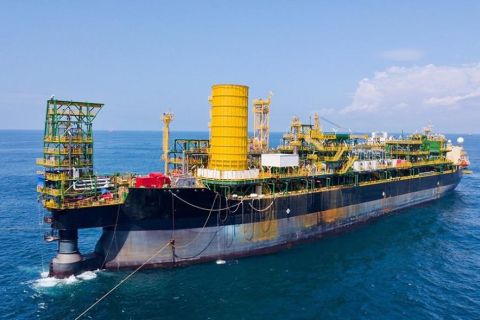Regardless of whether an investor purchases a company’s debt or equity, it’s an investment in the same company, and prevailing wisdom says that an investment-grade company is a generally safer investment. If a bondholder is confident in repayment, an equity investor is considered to be relatively safe as well.
The more certain debt purchasers are of repayment, the lower the rate of return they require for taking on risk. An investment-grade rating—and therefore less expensive debt—lowers an MLP’s cost of capital, so more of the profits are available to be paid to equity holders in the form of distribution increases. The one thing that MLP equity investors like more than a stable distribution is a growing distribution.
In determining credit metrics, agencies tend to look at size and diversity, business risk, financial leverage and distributions. The last two metrics tend to be the most important to equity investors. If a management team sees an incredible opportunity that requires taking on additional debt, increased leverage can be quite useful in growing the business. A temporarily high leverage ratio may indicate that new assets have yet to begin generating revenue. However, when debt is constant despite falling EBITDA, or increasing despite no expected EBITDA gains, a high leverage ratio does represent increased risk.
Equity investors prefer high distribution coverage ratios, which are not always viewed positively by rating agencies. High coverage can provide a cash flow cushion, but an agency may worry that a company with a significant amount of cash may pursue projects it would otherwise consider to be too high risk. In the same way, distribution increases may be great for equity investors but are viewed skeptically by rating agencies because less available cash flow puts bond coupon payments at risk. Paradoxically, distribution cuts can be viewed positively by rating agencies. When Boardwalk Pipeline Partners LP cut its distribution in February 2014, Moody’s eventually downgraded the debt, but not below investment grade. As Boardwalk cut its distribution much further than necessary, it was able to maintain a very high coverage ratio as well as a solid leverage ratio. An investor relying on its investment-grade credit ratings to make an equity investment decision would have been quite surprised at the stock’s price performance.
If you are looking to make an investment decision based on a report from a rating agency, it’s probably best if that decision relates to your fixed-income portfolio. As always, do your homework, get comfortable with the risks—and good luck out there.

Maria Halmo is the director of research at Alerian, an independent provider of MLP and energy infrastructure market intelligence. Over $19 billion is directly tied to the Alerian Index Series. For additional commentary and research, visit www.alerian.com/alerian-insights.
Recommended Reading
Proven Volumes at Aramco’s Jafurah Field Jump on New Booking Approach
2024-02-27 - Aramco’s addition of 15 Tcf of gas and 2 Bbbl of condensate brings Jafurah’s proven reserves up to 229 Tcf of gas and 75 Bbbl of condensate.
Eni Finds 2nd Largest Discovery Offshore Côte d’Ivoire
2024-03-08 - Deepwater Calao Field’s potential resources are estimated at between 1 Bboe and 1.5 Bboe.
US Gas Rig Count Falls to Lowest Since January 2022
2024-03-22 - The combined oil and gas rig count, an early indicator of future output, fell by five to 624 in the week to March 22.
Chevron Hunts Upside for Oil Recovery, D&C Savings with Permian Pilots
2024-02-06 - New techniques and technologies being piloted by Chevron in the Permian Basin are improving drilling and completed cycle times. Executives at the California-based major hope to eventually improve overall resource recovery from its shale portfolio.
Deepwater Roundup 2024: Offshore Africa
2024-04-02 - Offshore Africa, new projects are progressing, with a number of high-reserve offshore developments being planned in countries not typically known for deepwater activity, such as Phase 2 of the Baleine project on the Ivory Coast.




